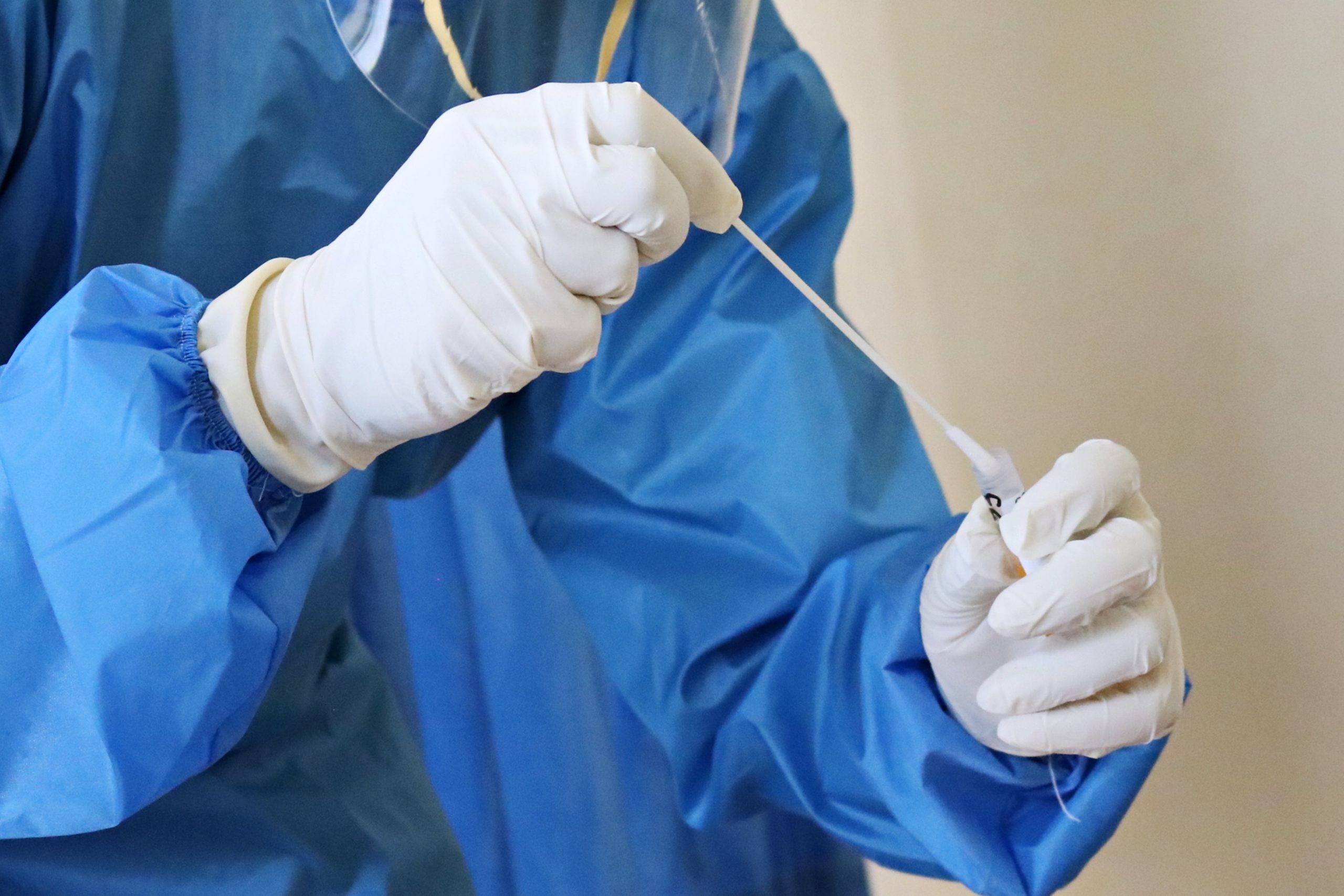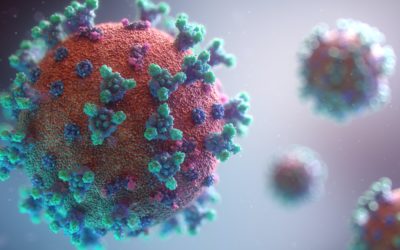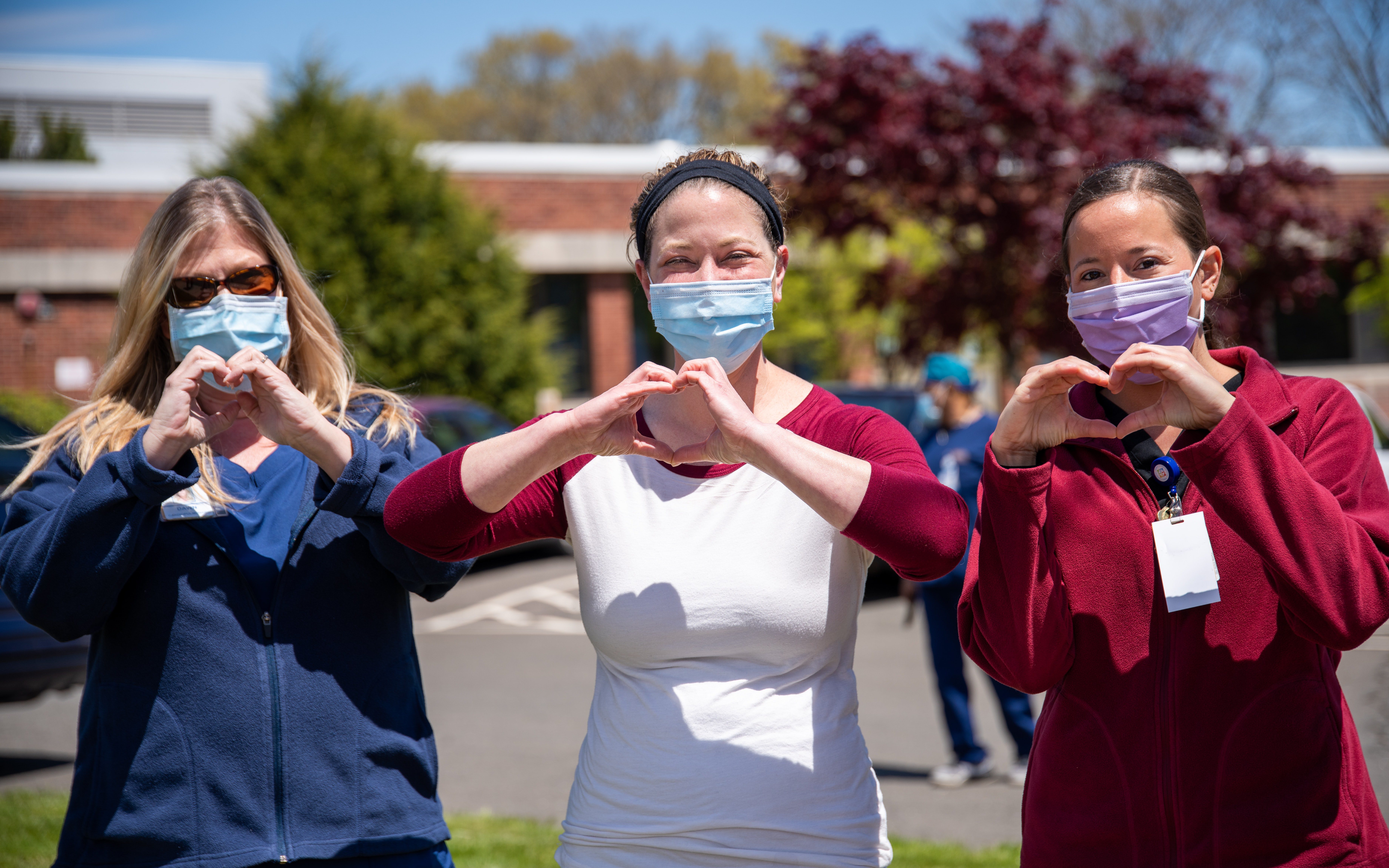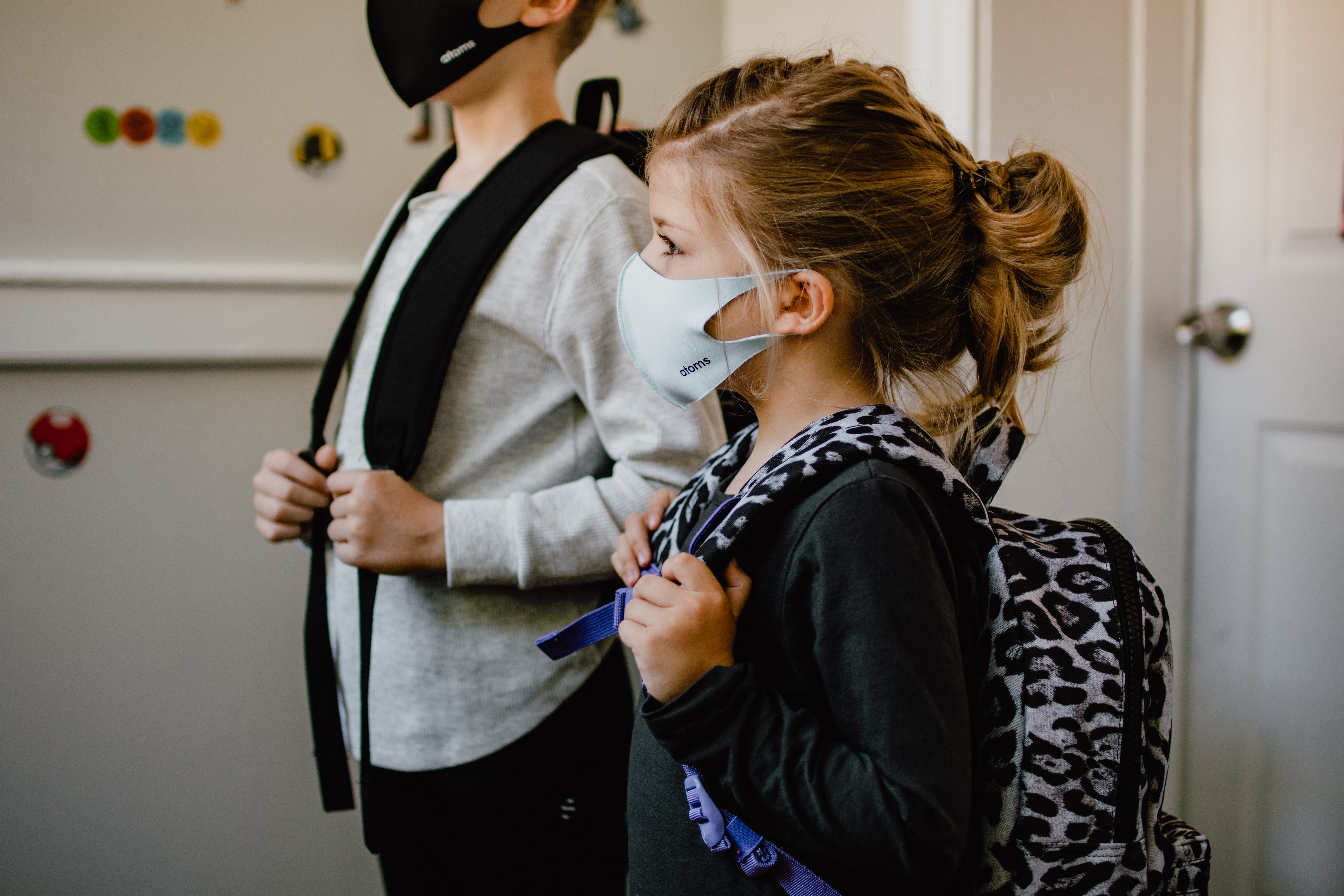Because COVID-19 is a new disease, information about it evolves continually. Our Medical Anthropology & Epidemiology Team reviews, evaluates, and compiles COVID-19 information as it emerges so that we can help you find current and accurate information about the pandemic. Information provided is tailored and translated for the educated public with concepts explained in an accessible manner.
We have organized information about COVID-19 into several categories for your convenience.
Facts About COVID-19
Last updated by our Medical Anthropology & Epidemiology Team on 06.09.2021COVID-19 is a severe respiratory illness caused by the virus named SARS-CoV-2. It is a novel virus, which means that no one in the world has antibodies to it because no one has ever been...
Facts about COVID-19 covers such topics as the signs and symptoms of the disease, incubation period, immune response to the virus, routes of distribution, case distribution, and rates of hospitalization.
Staying Safe at Home & in your Community covers everything one can do at home and when out and about to stay safe, reviews the hierarchy of transmission control methods, provides tips on how to properly wear a mask and sanitize surfaces, the importance of forming social bubbles, and what to do/not do if and when one feels they may have become infected.
Staying Safe At Home & In Your Community
Last updated by our Medical Anthropology & Epidemiology Team on 03.12.2021Basic Prevention When trying to stay safe in your community there are a couple basic things you can do to reduce your risk of COVID-19. The first is to create and maintain a "social bubble"...
Herd Immunity, Testing, & Contact Tracing
Last updated by our Medical Anthropology & Epidemiology Team on 06.04.2021HERD IMMUNITY Herd immunity is "a situation in which a sufficient proportion of a population is immune to an infectious disease (through vaccination and/or prior illness) to make its spread...
Herd Immunity, Testing, & Contact Tracing covers the importance of reaching levels of infection and vaccination derived immunity such that transmission is reduced to a point that outbreak growth is restricted and healthcare systems are not overwhelmed, the different types of tests available for COVID-19 and their respective uses, and how contact tracing is conducted for COVID-19.
COVID-19 vaccines covers the different types of vaccines presently available to protect against COVID-19, their effectiveness in preventing severe illness and transmission of the viruses that causes the disease, side-effects, uptake, and reasons for hesitancy including tips on how they may be addressed in a respectful manner.
COVID-19 Vaccines
Last updated by our Medical Anthropology & Epidemiology Team on 06.09.2021The Goal of COVID-19 Vaccine Development Vaccines help the body's immune system recognize and respond to diseases. This can prevent illness and/or reduce severity of illness for those who...
COVID-19 Variants
Last updated by our Medical Anthropology & Epidemiology Team on 06.09.2021When a person is infected with a virus, the virus makes copies of itself in the host in a process called viral replication. This process is not perfect, and newly-synthesized viruses can...
COVID-19 variants covers variant forms of the virus that causes COVID-19 presently in circulation including their differences in transmissibility, the age groups they infect, and the effectiveness of current vaccines in protecting you against them.
Healthcare Workers & COVID-19 covers HCW mortality rates due to the virus, the mental and physical health impacts of the pandemic, moral distress and HCW attrition, ways of offering support and HCW resilience and
Health Care Workers & COVID-19
Last updated by our Medical Anthropology & Epidemiology Team on 04.23.2021Healthcare workers (HCWs) account for approximately 1 in 7 coronavirus cases recorded by the World Health Organization. Globally, around 14% of COVID-19 cases reported to WHO are among...
COVID-19, Youth, Emerging Adults, & School Openings
Last updated by our Medical Anthropology & Epidemiology Team on 09.04.2020
Youth & COVID-19 covers information on COVID-19 related morbidity and mortality among children and emerging adults, transmission of the virus between youth and adults, ways of keeping children safe, criteria for school openings, and more.
Understanding Commonly Used Epidemiology Statistics covers the many types of statistics one finds mentioned in the media. It informs the reader on how best to critically assess this information such that they can make sense of morbidity, mortality, and hospitalization data while paying attention to the population(s) being described and compared over during different time frames.
Understanding Commonly Used Epidemiology Statistics
Last updated by our Medical Anthropology & Epidemiology Team on 09.04.2020Infection Progression There are three basic stages in the progression of an infectious disease. First is the Latent Period, the time from a person's exposure to a pathogen up until they are...
The Great Barrington Declaration & John Snow Memorandum
Last updated by our Medical Anthropology & Epidemiology Team on 11.09.2020The Great Barrington Declaration The Great Barrington Declaration is a strategy put forth by a VERY small population of scientists suggesting that the best way to curb the COVID-19 pandemic...
The Great Barrington Declaration & John Snow Memorandum provides a critical review of the Great Barrington Declaration, highlights the flaws in the proposed plan to confront the pandemic, and provides a review of an evidence-based, public-health supported, alternative known as the John Snow Memorandum.









